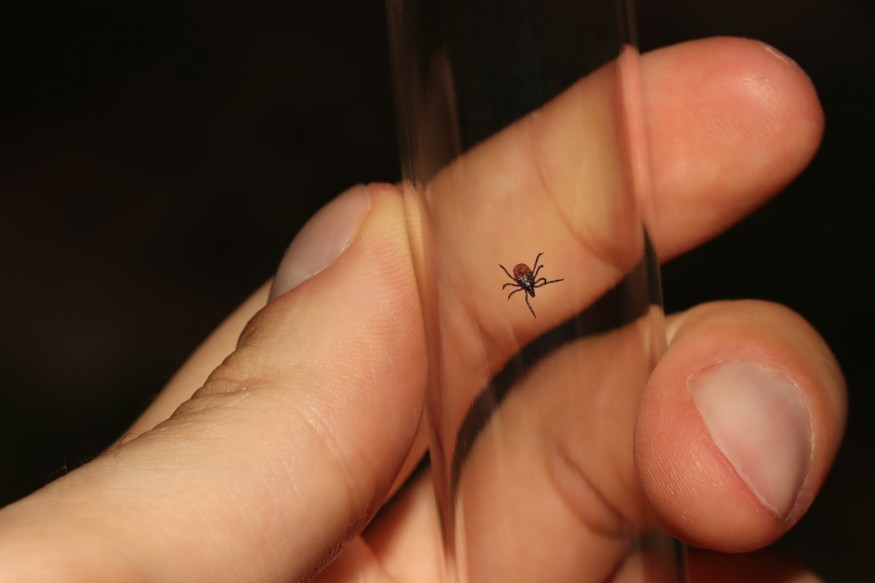According to experts, as more animals that carry ticks migrate to the north, invasive species are more likely to appear and there is an increase in human-wildlife interactions, which helps diseases spread more quickly. For instance, increased contact between people and wildlife, such as ticks, increases the risk of disease transmission.
In Canada, there is a low but not zero risk of diseases being transmitted from animals to people. According to current trends, some scientists predict that as human-animal interaction increases over the coming decades, the rate at which new diseases emerge will triple. This is according to a study published in PNAS by Marani and several colleagues in 2021.
There is a greater risk of those diseases spreading from animals to humans because both native and invasive species frequently have no option but to move across densely populated areas in search of new habitats.
According to a recent study in the journal Nature, climate change is raising the likelihood that those viruses will infect humans and cross the species barrier. In other instances, the chance for known human disease carriers to relocate to new areas is being increased, which raises the risk of transmission.
Human-Wildlife Transmission

One of the many reasons why scientists are worried about species spreading into new areas is that many native and invasive species in Canada can host and transmit diseases. The majority of Canada, including Ontario, is experiencing the same trend, and according to Bouchard, it will likely continue. Additionally, this has significantly increased the number of Lyme disease cases.
A tick must be attached for at least 24 hours to transmit Lyme disease, and the likelihood of transmission rises noticeably the longer the tick feeds, according to Catherine Bouchard, a veterinary epidemiologist in the Public Health Agency of Canada. Bouchard is also an adjunct professor at the University of Montreal.
In brushy, forested areas with leaf litter on the ground, ticks are frequently observed. She continued by saying that although typically only 20% of ticks carry the bacteria that cause disease, this number can reach 50% in some regions.
Climate Change and Habitat Change
These ticks are just one species that are shifting their geographic range northward as a result of climate change. According to Bouchard, since temperature and precipitation are two major factors in climate change, the changing weather we are having has an obvious effect on vector ticks.
When a species is compelled to relocate to new habitats that can support them, it experiences a range shift. These elements have changed in habitats all over the world due to climate change. As a result, within their historical range, many niches of species are less frequent or no longer exist.
According to Marie-Josée Fortin, a University of Toronto professor specializing in ecology and evolutionary biology, climate change is causing conditions to change across the entire ranges of all species, and the area where they were previously most abundant is shifting. Numerous difficulties are presented by these range shifts for individual species, ecosystems, and even human communities.
As a result, animals must gradually acquire new habitats as they go along the way. Even for species that can move relatively easily, the differences in how each species can adapt to new habitats can make range shifts challenging. According to Fortin, species also require resources, food, and other members of their species to sustain themselves in addition to the proper climate.
New environments also bring new species into competition, including humans. For instance, when species from southern Ontario move north to their range limit in North America, they encounter an agricultural landscape, making it difficult for them to colonize new habitats. They are vying with people for the best habitat they can live in.
Tys Theysmeyer, the Royal Botanical Gardens (RBG) head of natural lands in Hamilton, said that climate change is a major topic of discussion even when attempting to restore the land to its natural condition by rehabilitating zones with native species.
Range changes, on the other hand, might encourage other species to spread quickly and negatively into new ecosystems. As a result of climate change, invasive species, like blacklegged ticks, frequently experience range expansion as they gain more suitable habitats compared to what they lose.
The elimination of invasive species is a primary concern for many protected areas. Theysmeyer said that in the current climate, invasive species are typically kept at bay by the cold.
Monitoring
Research networks are being used to track and keep an eye on these shifts. In the wake of COVID-19, disease emergence and vigilance when it comes to the pandemic have gained significant attention in many jurisdictions, with the general public, scientists, and policymakers all realizing the risks of being caught off guard.
It comes down to letting nature take its course for those helping species affected by range shifts on the ground. Giving species corridors, channels, or stepping stones of natural habitat so they can cross human-dominated terrain to new habitats is one of the best ways to achieve this. Fortin said that the initiative to build some corridors across the nation is being worked on by Parks Canada, CBC reports.
© 2025 NatureWorldNews.com All rights reserved. Do not reproduce without permission.





